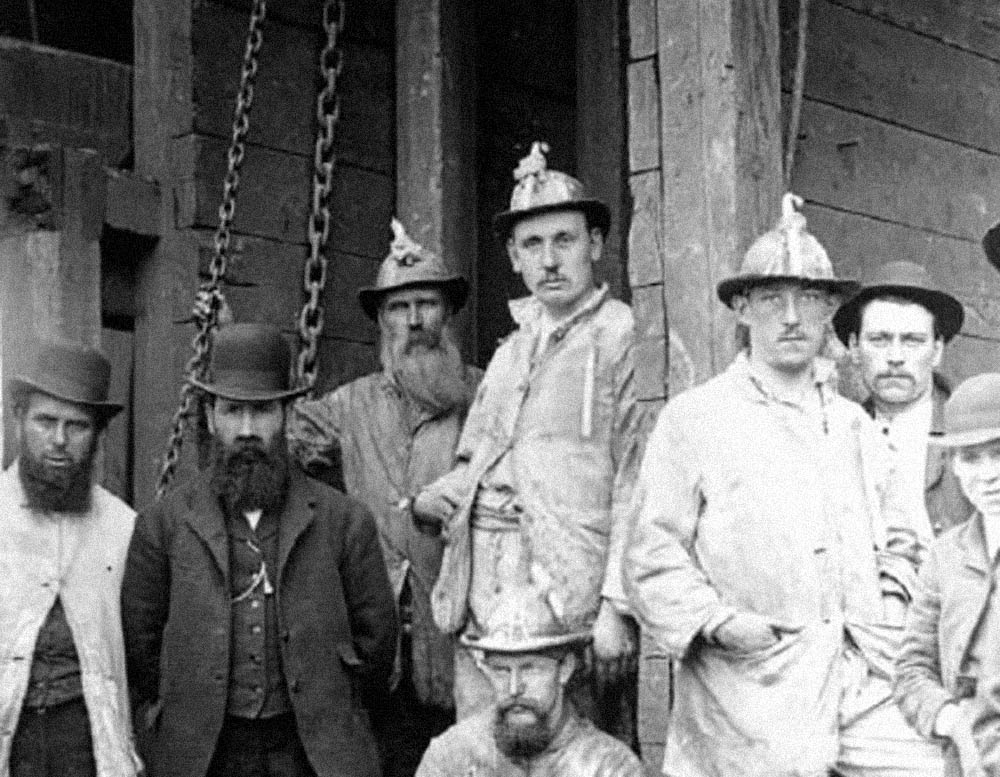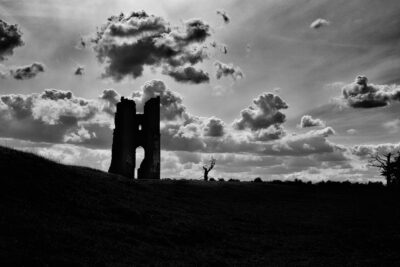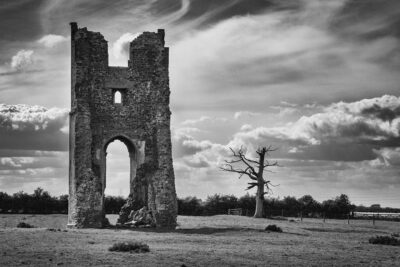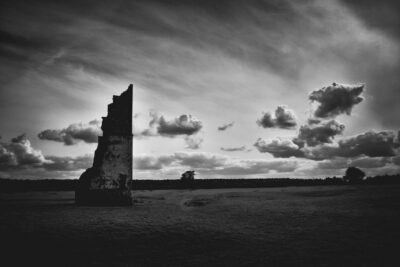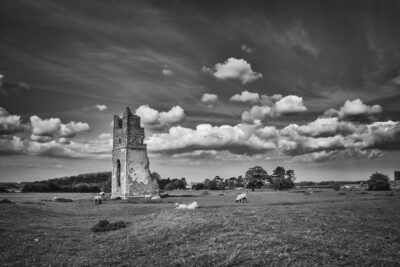Guest post from Andrew MacDonald of Waveney Archaeology. Andrew lives in in South Norfolk Shuck territory, but is currently occupying his waking hours obsessing over tin mines in Cornwall. He does this in between trying to persuade people to stare at bumps in fields in the Waveney Valley, counting choughs, and making stunning marmalade. In his spare time he runs a software company.
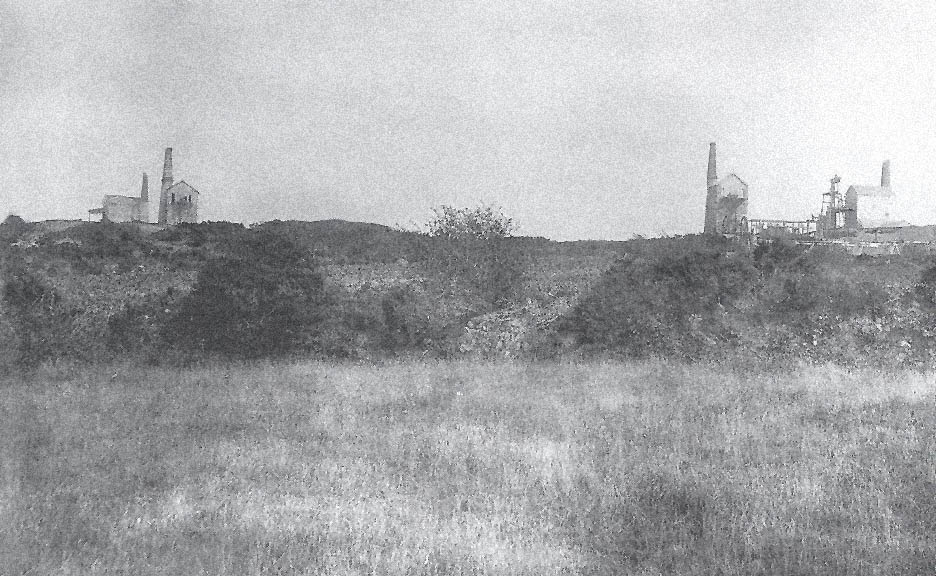
Tin and copper mining in Cornwall (and anywhere else) was always a hard and dangerous business, particularly so from the end of the 17th century when gunpowder came in to use for blasting. Wheal Vor, through its connection with the Godolphin family, great innovators in the mining industry, may have been one of the first mines to use gunpowder.
Remember that the only light miners had underground was from candles wedged in the side of the shaft or stuck to the front of their helmets with clay, that gunpowder and candles don’t mix, and that safety fuse didn’t come into use until the 1840s. The big advantage of safety fuse, well two advantages really, were that it burnt at a fixed rate and it didn’t go out. Before safety fuse miners used goose quills slotted together and filled with gunpowder. Goose quill fuses burnt irregularly, went out, and tended to break. When that happened, someone had to go and repair and relight them.
Read on:
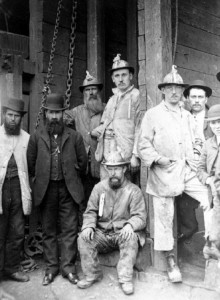 “About thirty years since, a man and a lad were engaged in sinking a shaft at Wheal Vor Mine, when the lad, through carelessness or accident, missed in charging a hole, so that a necessity arose for the dangerous operation of picking out the charge. This they proceeded to do, the man severely reprimanding the carelessness of his assistant. Several other miners at the time being about to change their core, were on the plat above, calling down and conversing occasionally with man and boy. Suddenly the charge exploded, and the latter were seen to be thrown up in the midst of a volume of flame. As soon as help could be procured, a party descended, when the remains of the poor fellows were found to be shattered and scorched beyond recognition. When these were brought to the surface, the clothes and a mass of mangled flesh dropped from the bodies. A bystander, to spare the feelings of the relatives, hastily caught up the revolting mass in a shovel, and threw the whole into the blazing furnace of Woolf’s engine, close at hand. From that time the engineman declared that troops of little black dogs continually haunted the place, even when the doors were shut. Few of them liked to talk about it; but it was difficult to obtain the necessary attendance to work the machine.”
“About thirty years since, a man and a lad were engaged in sinking a shaft at Wheal Vor Mine, when the lad, through carelessness or accident, missed in charging a hole, so that a necessity arose for the dangerous operation of picking out the charge. This they proceeded to do, the man severely reprimanding the carelessness of his assistant. Several other miners at the time being about to change their core, were on the plat above, calling down and conversing occasionally with man and boy. Suddenly the charge exploded, and the latter were seen to be thrown up in the midst of a volume of flame. As soon as help could be procured, a party descended, when the remains of the poor fellows were found to be shattered and scorched beyond recognition. When these were brought to the surface, the clothes and a mass of mangled flesh dropped from the bodies. A bystander, to spare the feelings of the relatives, hastily caught up the revolting mass in a shovel, and threw the whole into the blazing furnace of Woolf’s engine, close at hand. From that time the engineman declared that troops of little black dogs continually haunted the place, even when the doors were shut. Few of them liked to talk about it; but it was difficult to obtain the necessary attendance to work the machine.”
This account comes from Robert Hunt’s Popular Romances of the West of England; Or, The Drolls, Traditions and Superstitions of Old Cornwall published in 1865. Woolf’s engine was installed at Wheal Vor in 1815, which would date this incident to sometime between then and 1835-ish.
A similar incident was recorded in a report of a Coroner’s inquest into the death of John Richards at Wheal Vor mine in August 1856. Cause of death was given as “sudden and premature explosion of a hole”. The name of the boy was not recorded. There was no mention of black dogs.
Wheal Vor was once one of the most productive and profitable mines in Cornwall. It is situated mid-way between Breage and Carleen, OS grid reference SW622295.
Andrew MacDonald.

